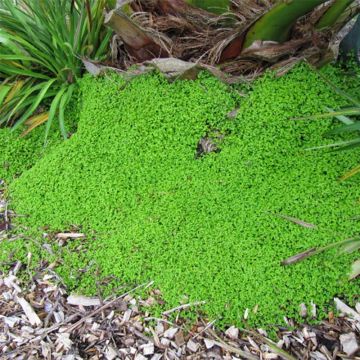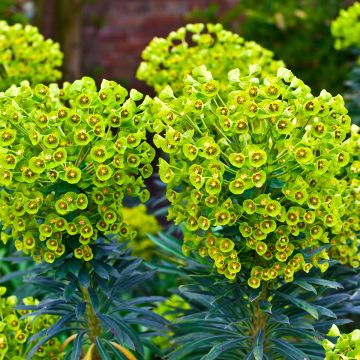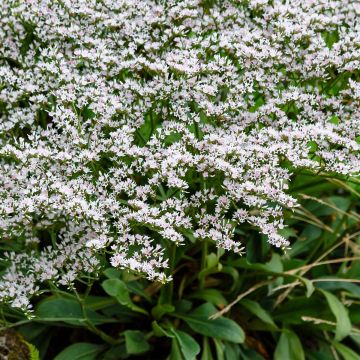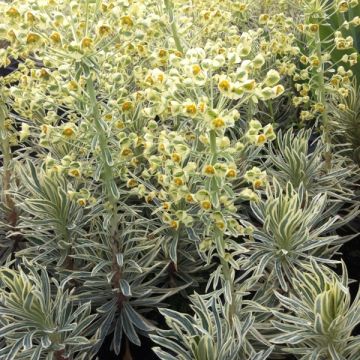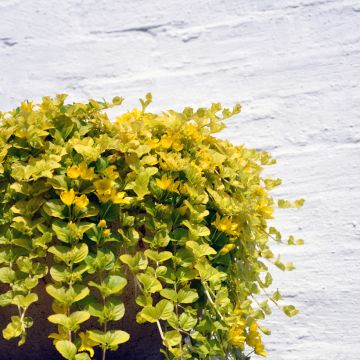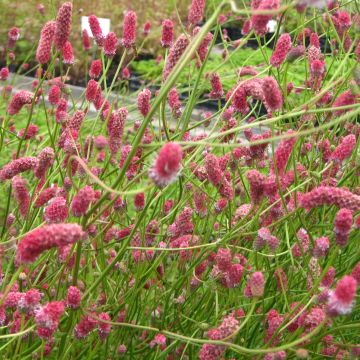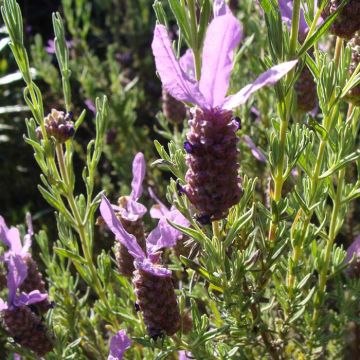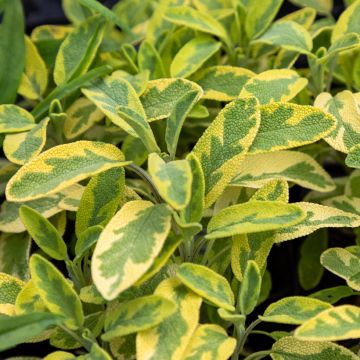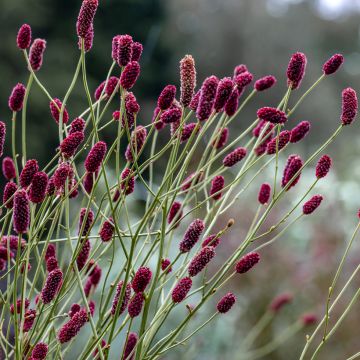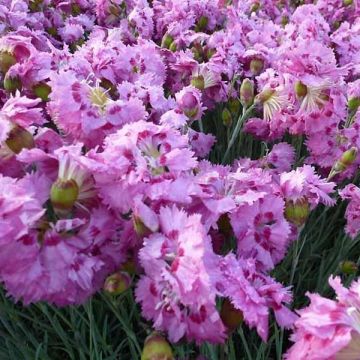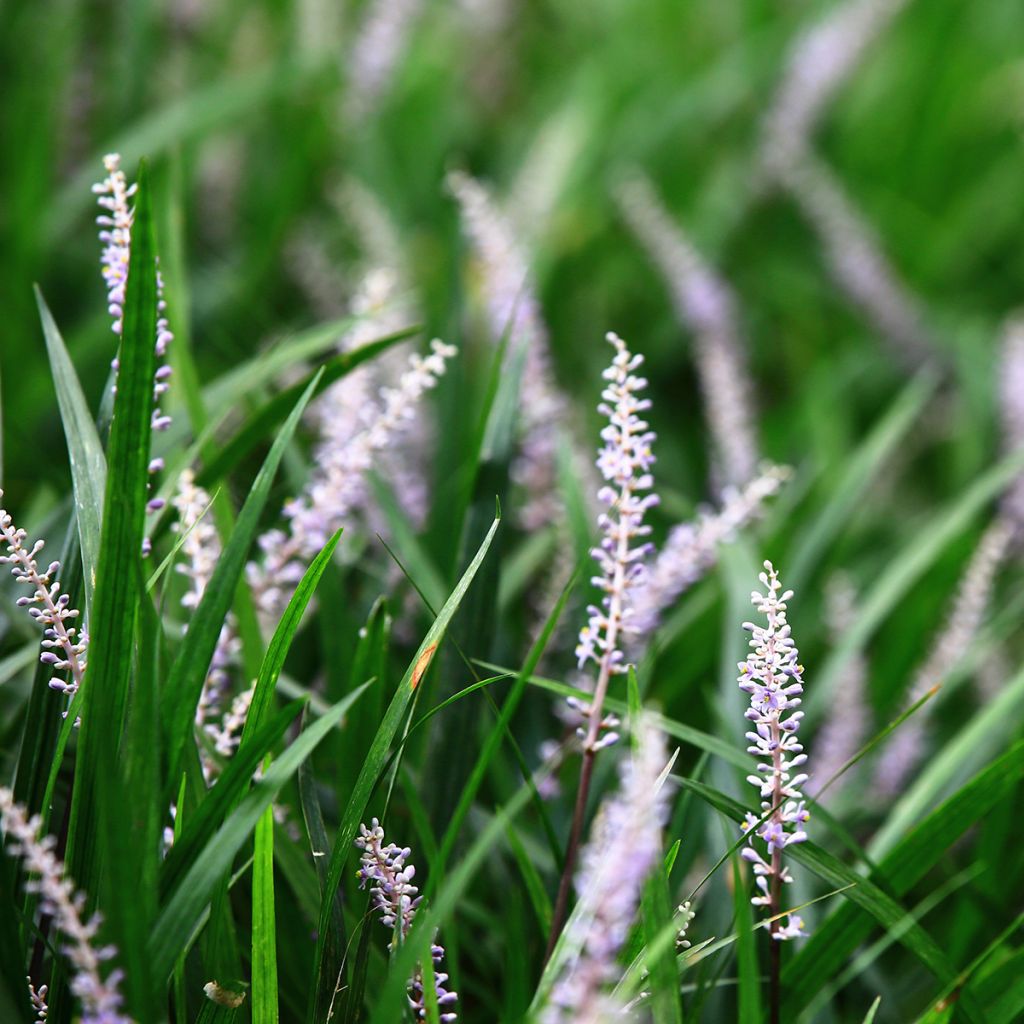

Liriope spicata


Liriope spicata
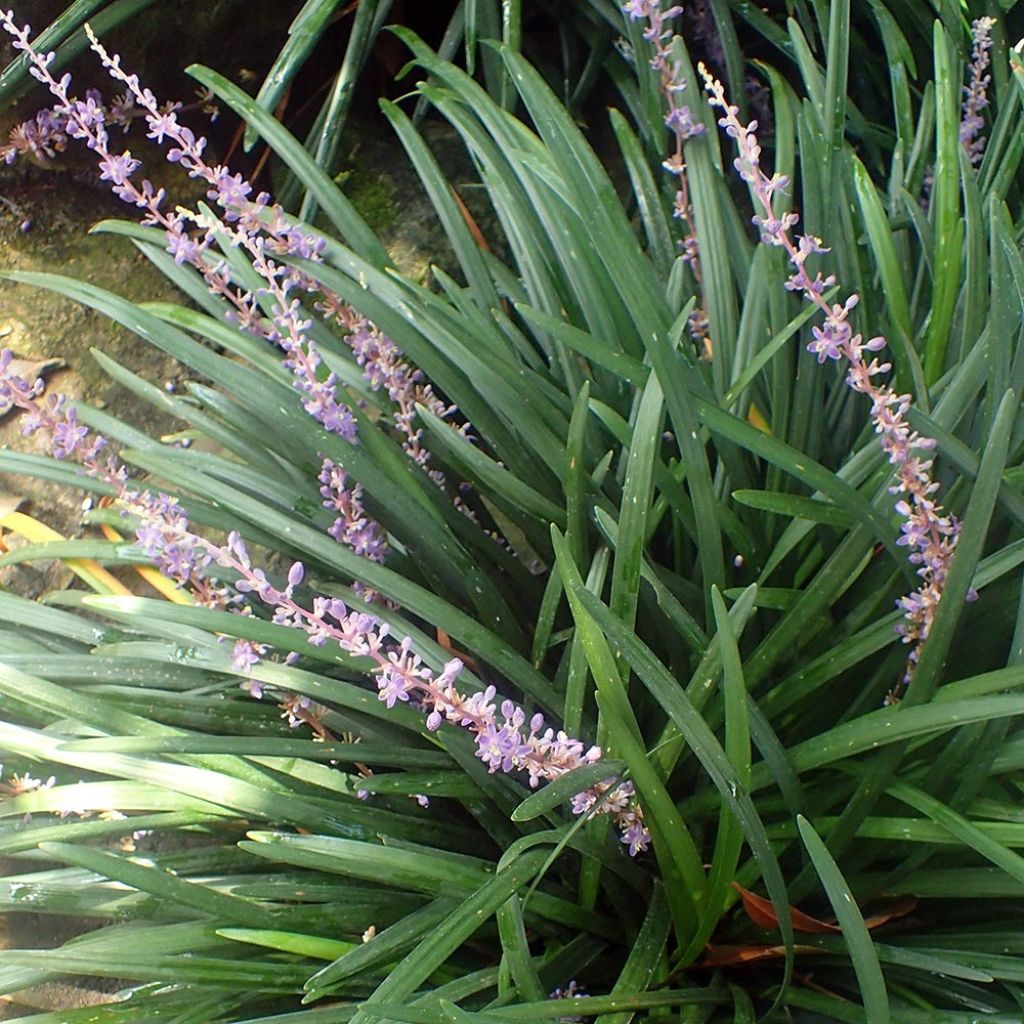

Liriope spicata
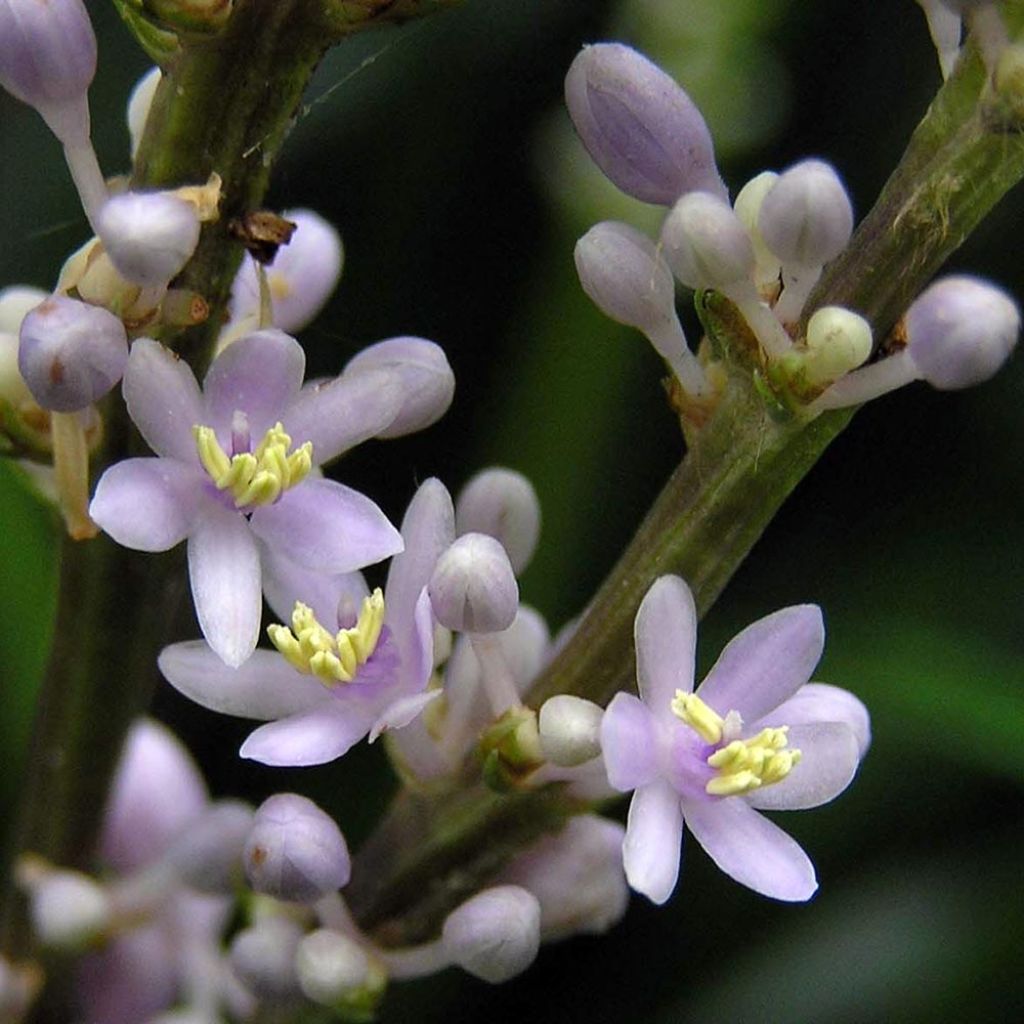

Liriope spicata


Liriope spicata
Liriope spicata
Liriope spicata
Creeping Lilyturf, Creeping Liriope
Delivery is fine, I'm just waiting for things to pick up again.
Stephen, 11/02/2024
Special offer!
Receive a €20 voucher for any order over €90 (excluding delivery costs, credit notes, and plastic-free options)!
1- Add your favorite plants to your cart.
2- Once you have reached €90, confirm your order (you can even choose the delivery date!).
3- As soon as your order is shipped, you will receive an email containing your voucher code, valid for 3 months (90 days).
Your voucher is unique and can only be used once, for any order with a minimum value of €20, excluding delivery costs.
Can be combined with other current offers, non-divisible and non-refundable.
Home or relay delivery (depending on size and destination)
Schedule delivery date,
and select date in basket
This plant carries a 12 months recovery warranty
More information
We guarantee the quality of our plants for a full growing cycle, and will replace at our expense any plant that fails to recover under normal climatic and planting conditions.
Would this plant suit my garden?
Set up your Plantfit profile →
Description
The Liriope spicata is a perennial ground cover plant, a relative of Liriope muscari, with a more upright and shorter habit. It forms clumps of evergreen linear leaves, shiny green, and produces pretty pale mauve bell-shaped flowers, carried on short spikes from August to October. It spreads strongly through stolons, eventually forming a dense carpet that can even become invasive under ideal conditions. Hardy, it is perfect for colonizing shaded areas or for covering the ground between the roots of trees and bushes. Easy to grow in any shady exposure, in well-drained soil, even limestone and dry, once established.
The Liriope spicata or Japanese lawn belongs to the Liliaceae family (Asparagaceae). It is a herbaceous perennial native to temperate Southeast Asia (China, Korea, Japan, Vietnam). Similar to Liriope muscari, this more compact species is also considered more spreading, and capable of colonizing the soil more effectively and quickly, sometimes becoming a little invasive where it likes it, i.e. in shade and in cool, not too wet soil. It tolerates limestone and drought well, but prefers acidic and moist soils.
This herbaceous perennial with rhizomes, is capable of producing stolons, i.e. creeping aerial stems that root upon contact with the ground, allowing it to spread laterally. It forms a dense cluster of leaves, approximately 25 cm (10in) in height and 40 cm (16in) in width at minimum. Its growth rate is moderate. Its leaves usually persist throughout the winter, except in the coldest regions where they may dry out and turn brown; in this case, they will need to be mown in spring when vegetation starts again. The leaves are ribbon-like, lanceolate, shiny green, and can measure about 40 cm (16in) in length and 1 cm (0in) in width, depending on the growing conditions. Flowering occurs from August to October, earlier or later depending on the climate, on thin and very short floral spikes, somewhat concealed within the foliage, at the heart of leaf clumps. It takes the form of inflorescences with small spikes adorned with tiny pale mauve bell-shaped flowers. The nectar-rich flowering is visited by pollinating insects and is often followed by the formation of glossy, blackish fruits.
The Liriope spicata is a luminous, elegant, accommodating, versatile, and very useful plant in a garden, especially in slightly shady areas. Its great resistance to cold, drought, and shade allows it to be used in many situations: in undergrowth, at the base of trees or hedges, as a border to highlight the design of a path, in rock gardens, or in Japanese-style gardens. It is interesting to combine it with other very robust undergrowth plants, such as lily of the valley, Naples cyclamen, or Solomon's seals. It is also a plant that thrives well in a pot, on a window sill, or a balcony. It is so accommodating that it will forgive watering neglect and thrive in gardens without gardeners or weekend gardens.
Report an error about the product description
Liriope spicata in pictures
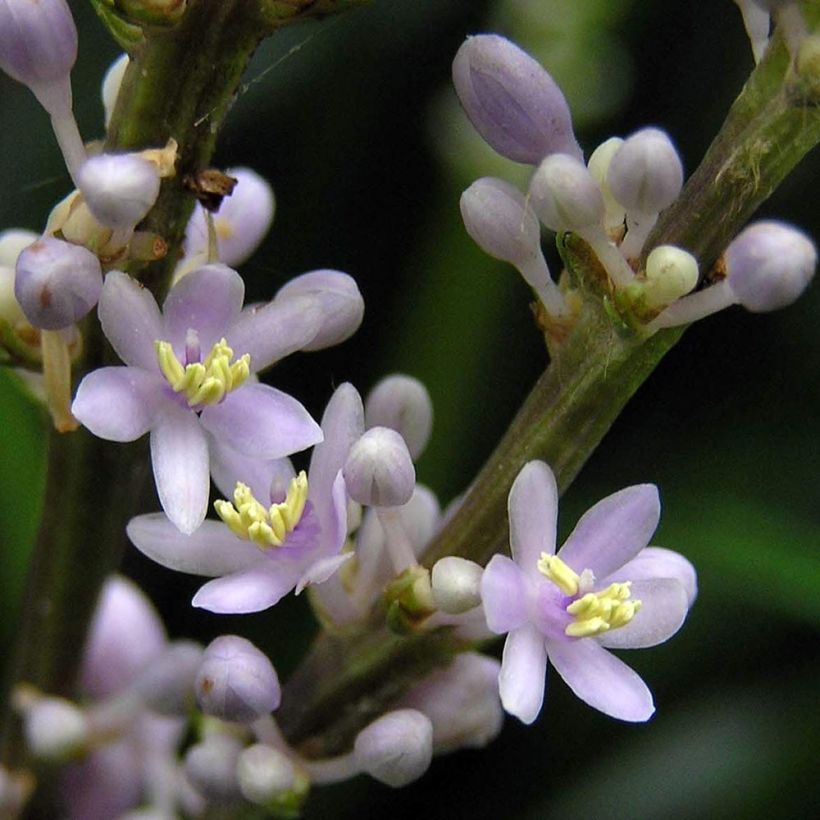

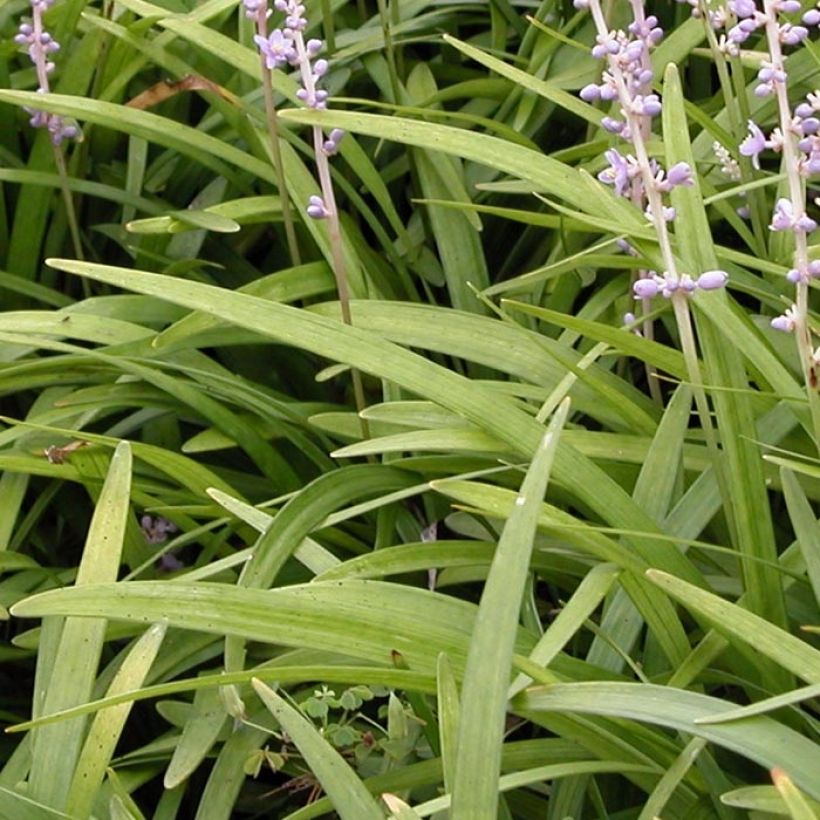

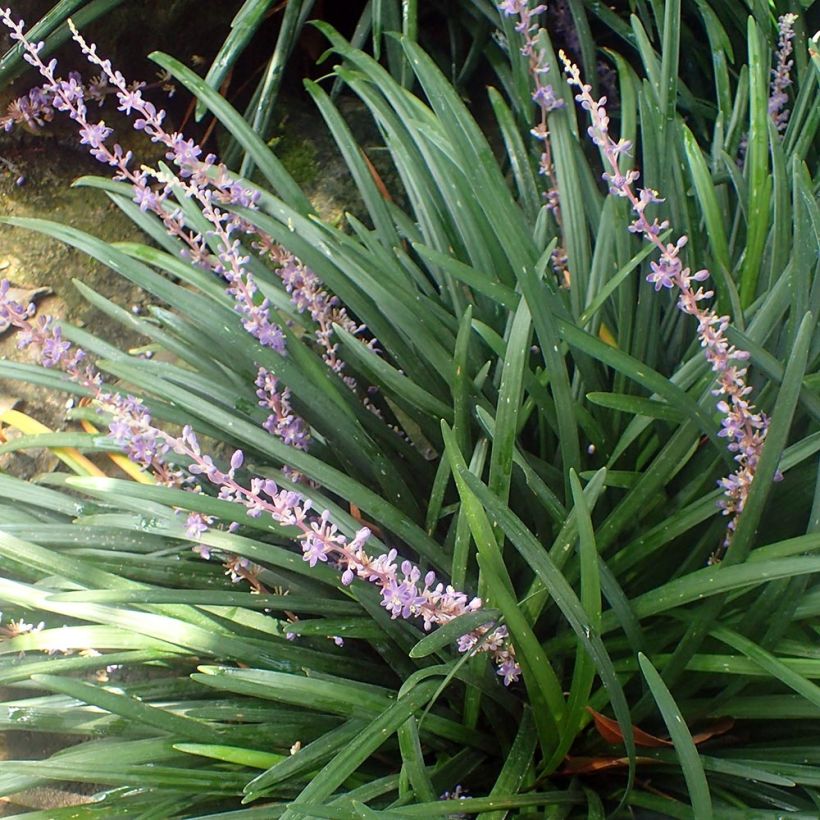

Flowering
Foliage
Plant habit
Botanical data
Liriope
spicata
Liliaceae (Asparagaceae)
Creeping Lilyturf, Creeping Liriope
East Asia
Other Perennials A to Z
View all →Planting and care
Plant the Liriope spicata in spring or autumn, in a well-drained, not too chalky soil (ideally rich in humus), in dappled sun, partial shade or even shade. It will require a bit more water if planted in full sun. Its roots suffer from stagnant moisture in winter, so it will be necessary to ensure good drainage in heavy and clayey soil. In early spring, remove damaged leaves before the annual regrowth. This plant requires no particular maintenance, except for trimming the foliage in spring if it has been damaged by severe frost. Once well-established, it can go without watering in summer, but will benefit in our driest and hottest regions from a watering once or twice a month.
Planting period
Intended location
Care
-
, onOrder confirmed
Reply from on Promesse de fleurs
Similar products
Haven't found what you were looking for?
Hardiness is the lowest winter temperature a plant can endure without suffering serious damage or even dying. However, hardiness is affected by location (a sheltered area, such as a patio), protection (winter cover) and soil type (hardiness is improved by well-drained soil).

Photo Sharing Terms & Conditions
In order to encourage gardeners to interact and share their experiences, Promesse de fleurs offers various media enabling content to be uploaded onto its Site - in particular via the ‘Photo sharing’ module.
The User agrees to refrain from:
- Posting any content that is illegal, prejudicial, insulting, racist, inciteful to hatred, revisionist, contrary to public decency, that infringes on privacy or on the privacy rights of third parties, in particular the publicity rights of persons and goods, intellectual property rights, or the right to privacy.
- Submitting content on behalf of a third party;
- Impersonate the identity of a third party and/or publish any personal information about a third party;
In general, the User undertakes to refrain from any unethical behaviour.
All Content (in particular text, comments, files, images, photos, videos, creative works, etc.), which may be subject to property or intellectual property rights, image or other private rights, shall remain the property of the User, subject to the limited rights granted by the terms of the licence granted by Promesse de fleurs as stated below. Users are at liberty to publish or not to publish such Content on the Site, notably via the ‘Photo Sharing’ facility, and accept that this Content shall be made public and freely accessible, notably on the Internet.
Users further acknowledge, undertake to have ,and guarantee that they hold all necessary rights and permissions to publish such material on the Site, in particular with regard to the legislation in force pertaining to any privacy, property, intellectual property, image, or contractual rights, or rights of any other nature. By publishing such Content on the Site, Users acknowledge accepting full liability as publishers of the Content within the meaning of the law, and grant Promesse de fleurs, free of charge, an inclusive, worldwide licence for the said Content for the entire duration of its publication, including all reproduction, representation, up/downloading, displaying, performing, transmission, and storage rights.
Users also grant permission for their name to be linked to the Content and accept that this link may not always be made available.
By engaging in posting material, Users consent to their Content becoming automatically accessible on the Internet, in particular on other sites and/or blogs and/or web pages of the Promesse de fleurs site, including in particular social pages and the Promesse de fleurs catalogue.
Users may secure the removal of entrusted content free of charge by issuing a simple request via our contact form.
The flowering period indicated on our website applies to countries and regions located in USDA zone 8 (France, the United Kingdom, Ireland, the Netherlands, etc.)
It will vary according to where you live:
- In zones 9 to 10 (Italy, Spain, Greece, etc.), flowering will occur about 2 to 4 weeks earlier.
- In zones 6 to 7 (Germany, Poland, Slovenia, and lower mountainous regions), flowering will be delayed by 2 to 3 weeks.
- In zone 5 (Central Europe, Scandinavia), blooming will be delayed by 3 to 5 weeks.
In temperate climates, pruning of spring-flowering shrubs (forsythia, spireas, etc.) should be done just after flowering.
Pruning of summer-flowering shrubs (Indian Lilac, Perovskia, etc.) can be done in winter or spring.
In cold regions as well as with frost-sensitive plants, avoid pruning too early when severe frosts may still occur.
The planting period indicated on our website applies to countries and regions located in USDA zone 8 (France, United Kingdom, Ireland, Netherlands).
It will vary according to where you live:
- In Mediterranean zones (Marseille, Madrid, Milan, etc.), autumn and winter are the best planting periods.
- In continental zones (Strasbourg, Munich, Vienna, etc.), delay planting by 2 to 3 weeks in spring and bring it forward by 2 to 4 weeks in autumn.
- In mountainous regions (the Alps, Pyrenees, Carpathians, etc.), it is best to plant in late spring (May-June) or late summer (August-September).
The harvesting period indicated on our website applies to countries and regions in USDA zone 8 (France, England, Ireland, the Netherlands).
In colder areas (Scandinavia, Poland, Austria...) fruit and vegetable harvests are likely to be delayed by 3-4 weeks.
In warmer areas (Italy, Spain, Greece, etc.), harvesting will probably take place earlier, depending on weather conditions.
The sowing periods indicated on our website apply to countries and regions within USDA Zone 8 (France, UK, Ireland, Netherlands).
In colder areas (Scandinavia, Poland, Austria...), delay any outdoor sowing by 3-4 weeks, or sow under glass.
In warmer climes (Italy, Spain, Greece, etc.), bring outdoor sowing forward by a few weeks.

































